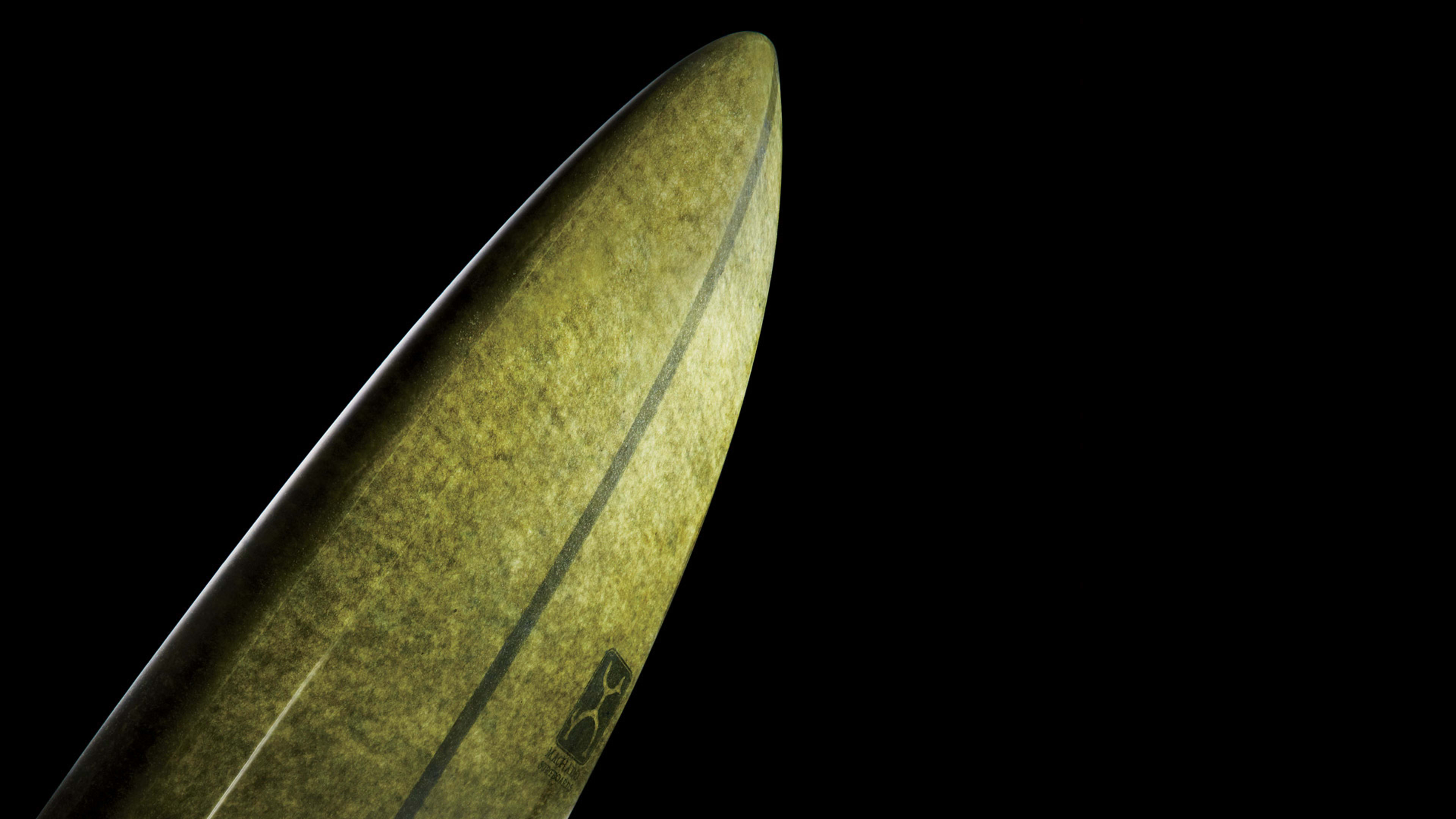New Zealand surfer Paul Barron was laminating a board a decade ago when he accidentally spilled resin on his sweater. It gave him an idea: What if he built a surfboard shell out of wool? Traditional foam boards are typically housed in resin and fiberglass for structural integrity. But fiberglass can be harmful to workers and isn’t easily recyclable; board makers have long sought a greener alternative. This month, the Carlsbad, California, company Firewire Surfboards is releasing Barron’s WoolLight board–showcasing a technological advance that could change how other products are designed, from yachts to cars.
Why Wool
Living in a country with six times as many sheep as people, Barron was familiar with the benefits of wool: It’s recyclable and biodegradable, and it doesn’t require much energy to manufacture. But wool also absorbs water and is porous and flimsy when woven. To refine his idea, Barron partnered with the New Zealand Merino Company, an organization that incubates new uses for wool and connects local producers to retailers, such as the cult shoe brand Allbirds.
How It Works
The wool sheared off a sheep is up to 3 inches thick, with fibers flaring out in all directions. Barron developed a vacuum-pressure technique that converts this bulky material into a thin wool-and-bioresin composite, with a compression strength that rivals that of fiberglass and polyurethane. According to Firewire CEO Mark Price, the process reduces CO2 emissions by 40% and VOC emissions by half, compared with traditional construction. And because wool bends easily, the WoolLight is more flexible, which reduces vibrations when catching waves, Barron says.
What’s Next
Firewire is initially manufacturing 500 boards to introduce the concept to surfers. But the material innovation has the potential to reshape other sectors that depend on fiberglass. New Zealand Merino Company CEO John Brakenridge cites applications in boating, housing, and the automotive industry. “What [Firewire] is doing is part of a movement,” he says.
Recognize your brand’s excellence by applying to this year’s Brands That Matter Awards before the early-rate deadline, May 3.
